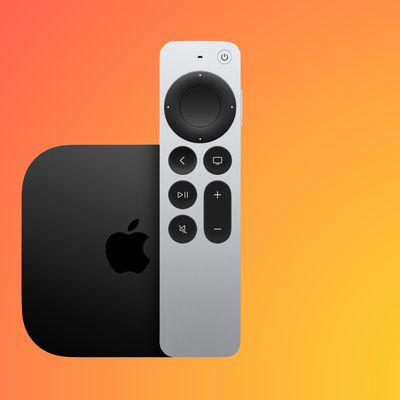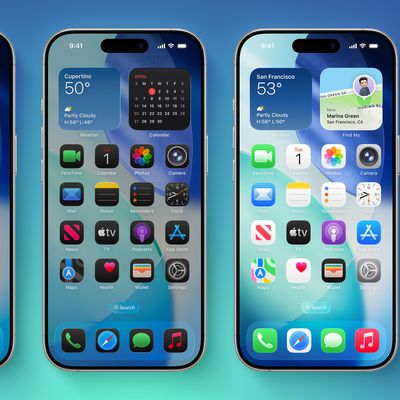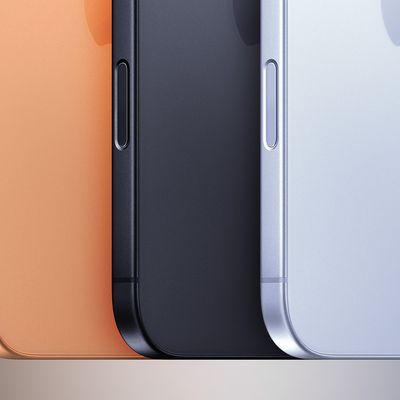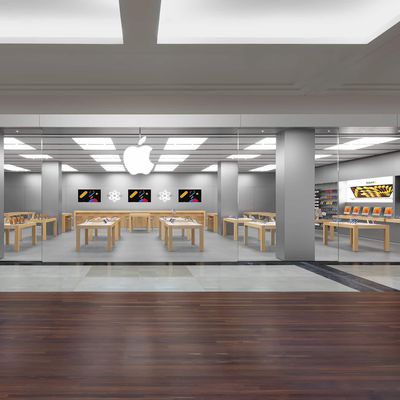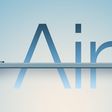Apple Chip Supplier Preparing to Begin Production of 2nm Chips as Early as 2025
Apple could adopt the 2nm process for its iPhone and Mac chips as early as 2025 as the company's main chip supplier, TSMC, has set in motion a plan to produce that process in the early parts of that year, DigiTimes reports.
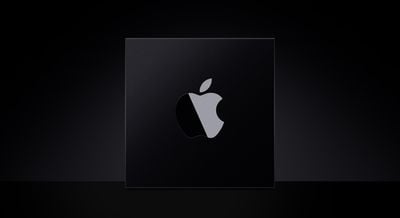
All of Apple's latest chips feature the 5nm process, including the A15 Bionic in the iPhone 13 series and the entire M1 Apple silicon line. According to a new DigiTimes report today, TSMC will begin mass production of 3nm chips later this year with 2nm following in 2025 with Apple and Intel being among the first to use the newer technology.
TSMC has set a timetable to move its 2nm GAA process to production in 2025 while commercializing its 3nm FInFET process with improved yield rates in the second half of 2022, with Apple and Intel among the first clients to adopt both nodes, further consolidating its dominance in the advanced foundry sector, according to industry sources.
A report from last year claimed that the next iPad Pro, expected to be announced later this year, will feature a 3nm process. The current iPad Pro features the M1 chip and the 2022 version is expected to include Apple's all-new "M2" chip. The 3nm process technology features performance improvements of up to 15% while being at least 25% less battery-hungry, according to TSMC.
Popular Stories
A new Apple TV is expected to be released later this year, and a handful of new features and changes have been rumored for the device.
Below, we recap what to expect from the next Apple TV, according to rumors.
Rumors
Faster Wi-Fi Support
The next Apple TV will be equipped with Apple's own combined Wi-Fi and Bluetooth chip, according to Bloomberg's Mark Gurman. He said the chip supports ...
The long wait for an Apple Watch Ultra 3 is nearly over, and a handful of new features and changes have been rumored for the device.
Below, we recap what to expect from the Apple Watch Ultra 3:Satellite connectivity for sending and receiving text messages when Wi-Fi and cellular coverage is unavailable
5G support, up from LTE on the Apple Watch Ultra 2
Likely a wide-angle OLED display that ...
Apple's next-generation iPhone 17 Pro and iPhone 17 Pro Max are only two months away, and there are plenty of rumors about the devices.
Below, we recap key changes rumored for the iPhone 17 Pro models.
Latest Rumors
These rumors surfaced in June and July:A redesigned Dynamic Island: It has been rumored that all iPhone 17 models will have a redesigned Dynamic Island interface — it might ...
Apple will launch its new iPhone 17 series in two months, and the iPhone 17 Pro models are expected to get a new design for the rear casing and the camera area. But more significant changes to the lineup are not expected until next year, when the iPhone 18 models arrive.
If you're thinking of trading in your iPhone for this year's latest, consider the following features rumored to be coming...
Apple previously announced that a public beta of iOS 26 would be available in July, and now a more specific timeframe has surfaced.
Bloomberg's Mark Gurman today said that Apple's public betas should be released on or around Wednesday, July 23. In other words, expect the public betas of iOS 26, iPadOS 26, macOS 26, and more to be available at some point next week.
Apple will be releasing...
We may finally have a definitive list of all color options for the iPhone 17 series, ahead of the devices launching in September.
MacRumors concept
In a report for Macworld today, Filipe Espósito said he obtained an "internal document" that allegedly reveals all of the color options for the upcoming iPhone 17, iPhone 17 Air, iPhone 17 Pro, and iPhone 17 Pro Max models.
The report includes ...
Apple today said its store at the Westfield Hornsby shopping mall, in Hornsby, Australia, will be permanently closing in October.
Apple Hornsby
In a statement shared with Australian tech news website EFTM (via Reddit), Apple said that it has decided not to renew its lease at Westfield Hornsby. Apple said all affected retail employees will be given the opportunity to work at Apple's nearby...
![]()


